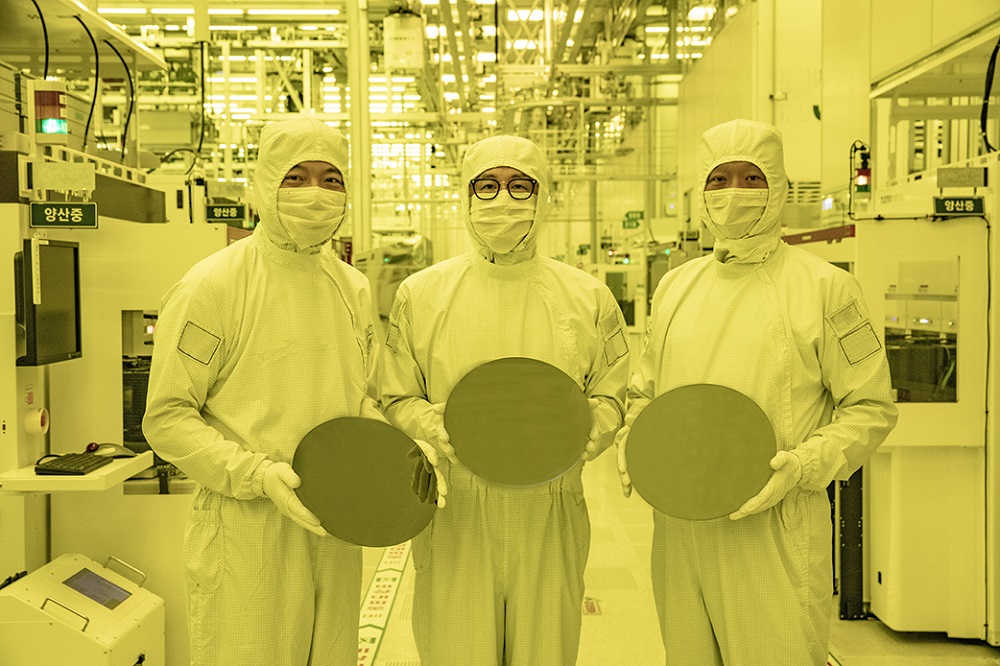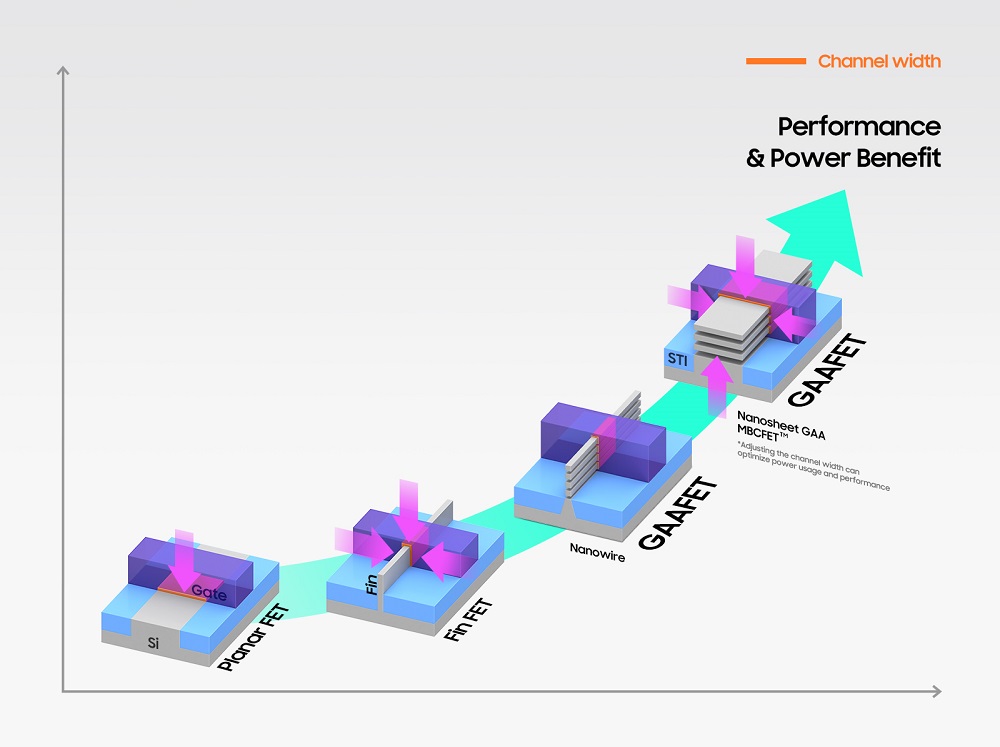
Samsung thinks it can surpass TSMC's world-beating microchip fabrication tech within five years. So says Kyung Kye-hyun, president and head of Samsung’s semiconductor business.
Intel has made similar claims recently, confirming that everyone in the chip production game has its sights on industry leader TSMC.
Kyung Kye-hyun has, however, conceded that Samsung is currently well off the pace. "To be honest, our foundry technology is one or two years behind TSMC's," he admits. But he thinks Samsung already has the advantage as the industry moves towards 2nm tech.
Primarily, that's because Samsung has already made the move to so-called gate-all-around (GAA) transistors for its current 3nm node, widely seen as a key enabling technology for advanced process nodes.
Samsung claims its GAA 3nm tech delivers 30% more performance, 50% lower power consumption and a 45% reduction in chip area compared to its previous node.
TSMC, for its part, has retained older FinFET transistor designs in its new 3nm node and will only move to GAA transistors when it makes the jump to 2nm. Samsung thinks it has the advantage when it comes to implementing GAA transistors, hence the opportunity to overtake TSMC.

The slight snag here is that Samsung's narrative isn't entirely consistent. On the one hand Samsung seems to recognise that node names like "3nm" are as much branding as they are reflective of the physical characteristics of transistors.
That's why Samsung can claim it beat TSMC to "3nm" but still concedes it is a few years behind TSMC. In short, Samsung's 3nm is not like TSMC's 3nm. Most industry analysts reckon that Samsung's 3nm tech is, at best, comparable with TSMC's older 5nm node.
That all adds up given TSMC's 5nm node hit the market about two years before Samsung's 3nm tech. If the two are roughly equivalent, there's your two-year advantage for TSMC.
But on the other hand, Samsung seems to be drawing equivalency between its upcoming 2nm tech and TSMC's 2nm node. But if Samsung is currently two years behind TSMC, and its 3nm tech is about the same as TSMC's 3nm tech, how can Samsung's next node suddenly leap frog TSMC?

Best CPU for gaming: The top chips from Intel and AMD
Best gaming motherboard: The right boards
Best graphics card: Your perfect pixel-pusher awaits
Best SSD for gaming: Get into the game ahead of the rest
Either something is up with Samsung's reasoning, or the company is implying that its 2nm node will deliver something like a double-node leap in power, performance and density.
By comparison, Intel's claims for regaining leadership over TSMC seem to make more sense, at least on paper. Intel is promising four new nodes in five years. And you can see how it could overtake TSMC if the company delivers on timeline. How Samsung can go from a node behind to actually beating TSMC in a single step is, well, a lot harder to comprehend.
Whatever, it would be very good news for the PC if all three of the big players in chip production do manage to up their game. First, it would mean that chip tech keeps on advancing, but it should also make for tougher competition and maybe, just maybe, better value CPUs and GPUs.
Currently, AMD makes its latest GPUs on TSMC's 5nm tech, while Nvidia uses TSMC 4nm, which is really just a refined version of 5nm. Meanwhile, Intel makes CPUs on its own Intel 7 process and AMD's latest processors use 5nm TSMC chiplets. If we want to see ever faster graphics and processors in future, then healthy competition between TSMC, Samsung, and Intel would be awfully handy.







